Zero-Shot Object Detection and Autodistill Models
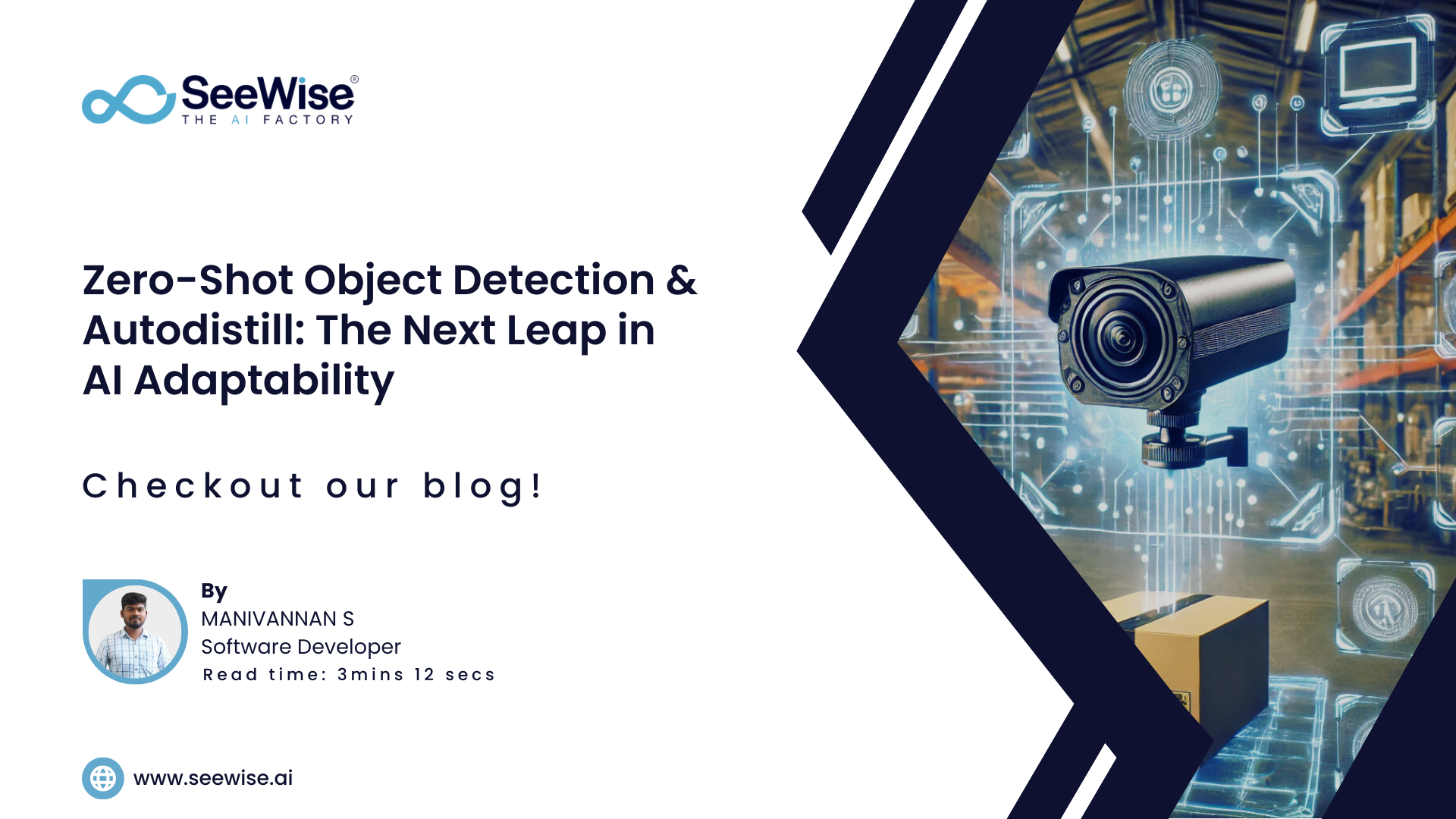
The Future of AI Zero-shot object detection (ZSD) is a groundbreaking AI technology that allows machines to identify objects they haven’t encountered before. Unlike traditional models that require vast amounts of labeled data to recognize new objects, ZSD enables detection based on descriptions or relationships with known objects, even without specific training.
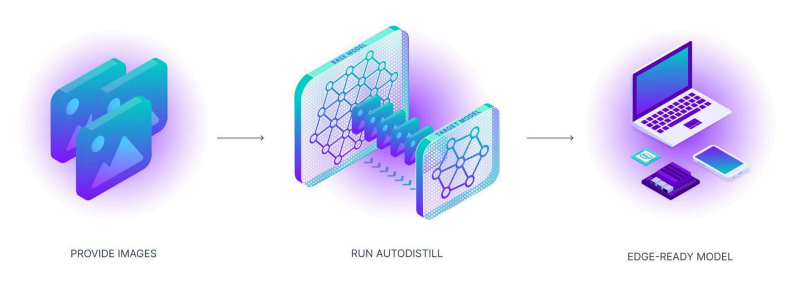
What is Zero-Shot Object Detection?
ZSD empowers AI to recognize unseen objects. For instance, if a model is familiar with cats and dogs, it could identify a 'fox' as a similar animal based on shared characteristics, even if it’s never seen one.
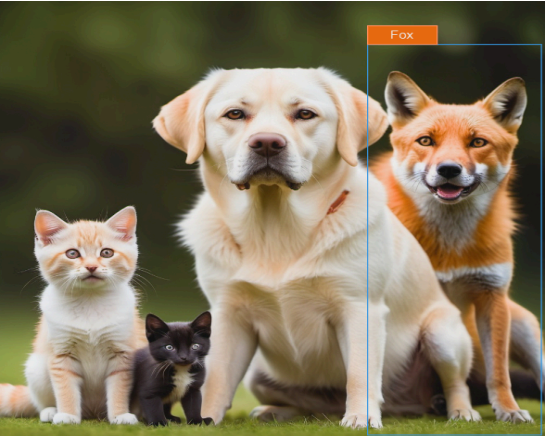
How Zero-Shot Detection Works
ZSD relies on two main components:
- Semantic Embeddings: Tools like language models (e.g., GPT-4) provide a broad understanding of words and ideas, allowing the AI to infer an object’s identity based on related terms.
- Visual Features: By aligning these terms with visual information, the model can make educated guesses about the objects it encounters.
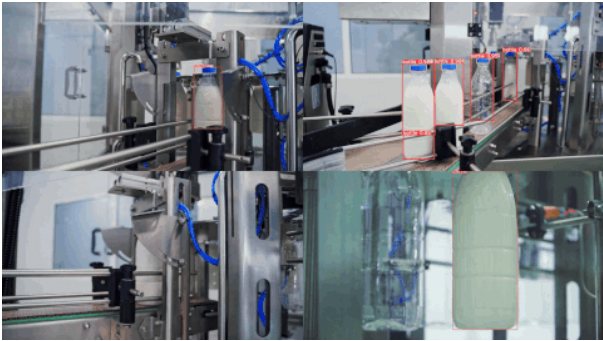
Benefits of Zero-Shot Object Detection
- Scalability: ZSD enables detection of new objects without retraining, valuable in fields like medicine where data collection can be challenging.
- Efficiency: Without manual labeling, companies save both time and money.
- Flexibility: ZSD models can quickly adapt to new objects, making them suitable for applications like autonomous driving.
The Role of Autodistill Models in Auto Annotation
Autodistill models simplify creating labeled datasets by quickly labeling objects in images and videos, reducing the need for human intervention in data labeling.
How Autodistill Supports ZSD
- Auto-Annotation: Autodistill labels objects automatically, accelerating data collection..
- Improved Accuracy: Frequent updates enhance data quality.
- Time Savings: Rapid data creation enables faster training of ZSD models.
For example, in healthcare, autodistill can help identify rare conditions in medical images, enabling real-time recognition of similar cases.
Challenges and Future Prospects
Challenges include:
- Semantic Understanding: Misinterpretations may occur if object descriptions are ambiguous
- Bias in Pretrained Models:Pre-existing biases in models can lead to errors.
- Limited Generalization: Complex or unfamiliar objects can still pose difficulties
Future advancements in language models and semantic understanding will drive ZSD’s evolution, making it more adaptable.
Pros and Cons of Zero-Shot Object Detection
Pros:
- Eliminates the need for large labeled datasets
- Has applications across sectors like healthcare and autonomous driving.
- Finding What Matters - Forget sifting through hours of footage. AI categorizes video,letting you instantly find relevant clips for investigation.
- Allows real-time adaptation to new objects
Cons:
- May misclassify unfamiliar objects.
- Integrating language and visual data is challenging
Example Scenario: Autonomous Vehicles Imagine a self-driving car encounters a new type of road barrier. A traditional model might fail without prior training data, but ZSD could recognize it by relating it to similar objects
Selecting the Right Models for Detection, Segmentation, and Classification Tasks
To optimize object detection, segmentation, and classification, selecting the right model is essential. Here are some leading models:
1.Detection and Segmentation Models:
- Grounding DINO: Ideal for broad object identification, including specific items like vinyl record covers. Grounding DINO works well across diverse datasets.
- Grounded SAM: Combines Grounding DINO with Segment Anything Model (SAM) for accurate segmentation in fields like medical imaging and retail.
- DETIC: With an open vocabulary, DETIC can detect over 20,000 classes and allows text labels, making it ideal for environments like e-commerce.
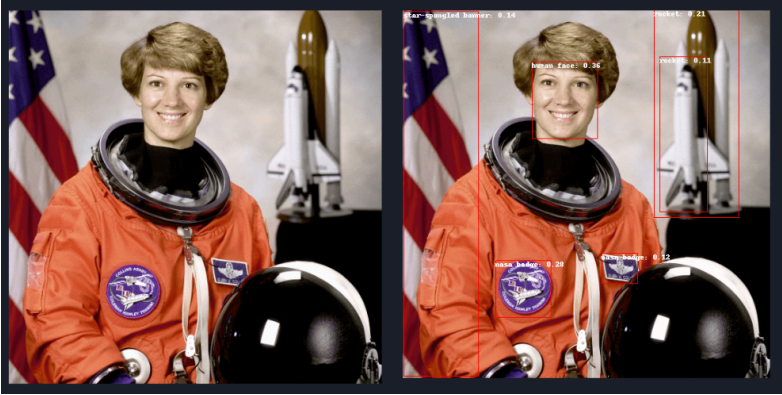
2.Classification Models:
- CLIP: This OpenAI model is flexible, with zero-shot capabilities that classify based on text descriptions, making it suitable for flexible categorization across industries.
- Roboflow Universe: Offers over 50,000+ pre-trained models, providing insights into various domains and accelerating training and refinement.
3. Additional Model Options
- Detection Models: LLaVA-1.5 and Kosmos-2 are robust but memory-intensive.
- Classification Models:: FastViT, AltCLIP, DINOv2, and others provide specialized options for zero-shot classification.
Conclusion
Zero-shot object detection and autodistill models are reshaping the future of AI by breaking traditional data dependency barriers. These advancements allow for adaptive, scalable solutions across various industries, from healthcare to autonomous driving. As AI technology continues to evolve, ZSD and autodistill promise more robust, versatile models capable of solving real-world problems with greater efficiency and speed.

